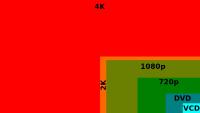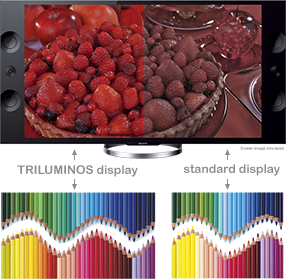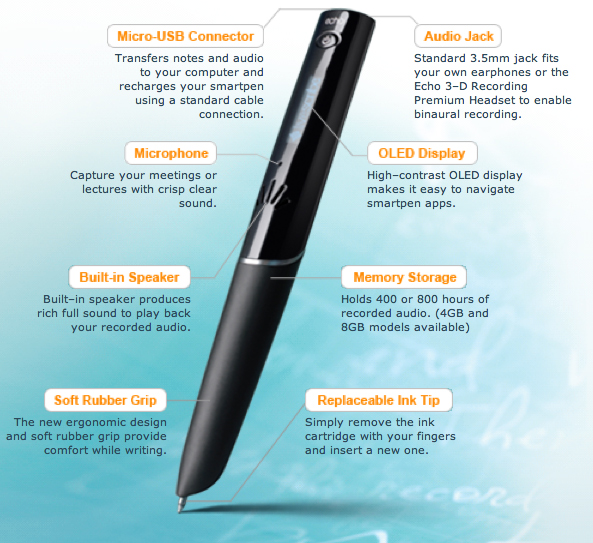A few days ago, I was on the phone with the FCC and an interesting question came up. Will broadcast stations have enough over-the-air bandwidth to provide 4K service to the public? I was struck by the question because 4K is such a new idea, and because I’d never really thought about it as broadcast idea.

Compare 1080 pixels (dark green0 with 4000 pixels (red) and you get a sense of how much more picture information (resolution, detail) is available on the new 4K TV sets.
What’s 4K TV? It’s a much higher-resolution version of HDTV. And the first 4K TV sets are arriving soon (see below0. In order to provide all of that picture information, more data is required, which means larger storage devices, and, in order to provide that data to connected TV sets, more bandwidth is required, too. That’s the basic theory, but it’s important not to think about 4K in terms of the current systems because of that always-astonishing digital magic trick: compression. Yes, 4K requires a lot of data and a lot of bandwidth. But “a lot” is a relative term. And yes, there are new digital broadcast standards on the way. Good news for consumers and for broadcasters, who will be able to pack more and prettier program material into their TV signals, not-so-good news for broadcasters who are attempting to build a coherent strategy related to the upcoming FCC TV spectrum auction, in which many stations will trade their licenses for cash, or for the opportunity to share a channel with another broadcaster in the market.
 Anyway… I woke up this morning to an announcement from Sony… with all sorts of enticing promises: improved detail, improved color rendition, better audio, screen mirroring so what’s on your tablet can be viewed on your new TV (albeit it in lesser detail, a service currently available to Apple users).
Anyway… I woke up this morning to an announcement from Sony… with all sorts of enticing promises: improved detail, improved color rendition, better audio, screen mirroring so what’s on your tablet can be viewed on your new TV (albeit it in lesser detail, a service currently available to Apple users).
How much? $5,000 for the 55-inch model, and $7,000 for the 65-inch model.
What are you going to watch? Well, yeah, that’s always the problem at this stage. Here’s a terrific article about “upscaling” the currently available media, which seems to require 24x improvement. More data will require more robust local storage, and so, we move closer to a complete convergence of television, home network, home digital storage devices in sophisticated home library systems, and, perhaps far more likely, streaming solutions in their next phase: advanced versions of Netflix, Hulu, and so forth, tweaked to serve big files for 4K TV sets.
Which brings us back around to the TV station wondering about its 4K future. Sure, it’s technically possible to broadcast 4K, but in the few years remaining for the current broadcast standard, this seems fairly unlikely because (a) it will be expensive for television stations to install in their master control facilities, and (b) relatively few people will leap from their new-ish HDTVs to 4K sets in the next year or two.
 Do we want or need even more resolution than 1080i HDTV sets provide? Maybe for microscopy or astrophotography or other science work that demands the highest possible resolution. Do I think ESPN is investing in a whole new 4K operation–cameras, video switcher, storage, transmission, etc. so I can watch baseball in even higher resolution. You know they are, or will soon be, doing just that. And when they do, we’ll buy the sets because, you know, people will come…
Do we want or need even more resolution than 1080i HDTV sets provide? Maybe for microscopy or astrophotography or other science work that demands the highest possible resolution. Do I think ESPN is investing in a whole new 4K operation–cameras, video switcher, storage, transmission, etc. so I can watch baseball in even higher resolution. You know they are, or will soon be, doing just that. And when they do, we’ll buy the sets because, you know, people will come…

















 s, image stabilization, and adequate low-light shooting capability in a package that easily fits into your jacket pocket. Try, for example, Panasonic’s
s, image stabilization, and adequate low-light shooting capability in a package that easily fits into your jacket pocket. Try, for example, Panasonic’s 
